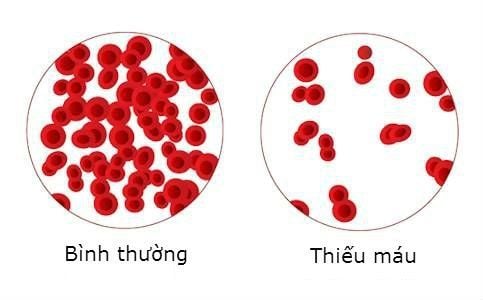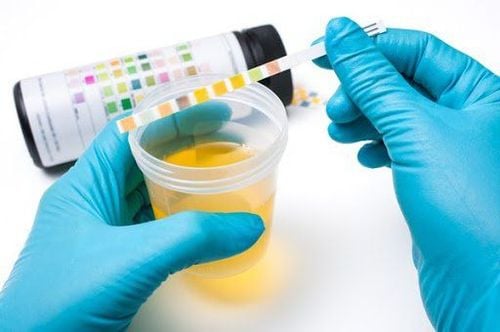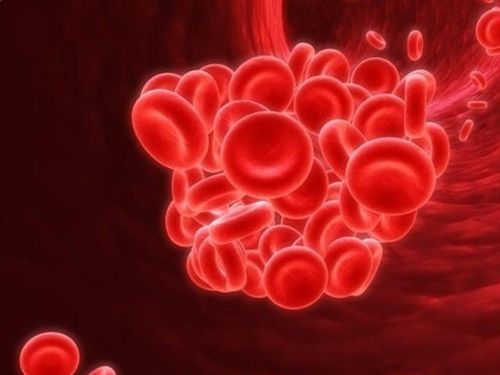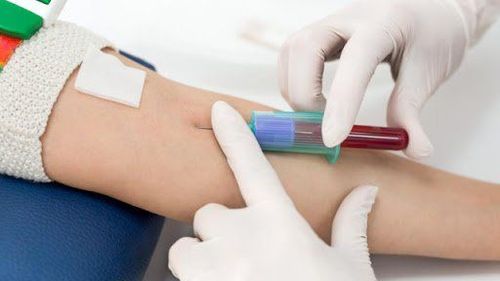This is an automatically translated article.
Injuries and injuries to peripheral blood vessels are surgical problems that can be encountered in any age group. However, if they are encountered in children, surgical treatment will be more difficult due to the nature of the solution. specific surgery in children.
1. Trauma surgery, peripheral vascular wound in children
Surgery for trauma, peripheral vascular wounds in children is performed with the aim of restoring blood flow and is a type of difficult vascular surgery.
The specific feature of blood vessels in children is small, plus the phenomenon of vasospasm occurs with a severe degree. Therefore, anesthesia resuscitation on children is also more difficult than in adults.
2. When is surgery for trauma, peripheral vascular injury in children performed?

Trường hợp thiếu máu cấp tính chi được chỉ định phẫu thuật chấn thương, vết thương mạch máu ngoại vi ở trẻ em
Surgery for trauma, peripheral vascular wounds in children is performed in the following indications:
Bleeding originating from vascular wounds. Signs of acute limb ischemia caused by trauma, vascular wounds. Manifestations of chronic anemia on trauma, old wounds.
3. Surgery for trauma, peripheral vascular wounds in children is not performed when?
Surgery for trauma, peripheral vascular wound in children will not be conducted if there are contraindications, including:
There are signs of irreversible anemia in pediatric patients. The anemia is already in the late stage, the risk of reperfusion syndrome is high, potentially affecting the life of the child, especially in the case of large blood vessels. The patient, the patient's family, or the patient's legal representative refuses surgery.
4. Preparing for trauma surgery, peripheral vascular wound in children

Mẫu xét nghiệm nước tiểu
Surgery for trauma, peripheral vascular wounds in children is an emergency surgery on patients, especially children. Therefore, in addition to fully preparing for the emergency surgical procedure, the doctor needs to inform and explain clearly to the patient, the patient's family or the patient's legal representative about the current condition, to consent for surgical intervention. Patients need to complete the necessary tests including: Chest X-ray, blood tests (blood group, complete blood count, coagulation, liver and kidney function, electrolytes), urine test.
5. Possible complications for traumatic surgery, peripheral vascular wound in children
Possible complications and complications with surgery for trauma, peripheral vascular injury in children include:
Bleeding after surgery. Postoperative embolism. Reperfusion syndrome: Reperfusion syndrome occurs due to the phenomenon of fluid leakage into the interstitial tissue after surgery to reestablish vascular circulation, causing edema and compression, usually most patients only need to elevate the extremities. solve the problem, but in a few cases more intervention is required. Postoperative infection.
6. Postoperative follow-up of trauma, peripheral vascular wounds in children

Bệnh nhân sẽ sử dụng thuốc kháng sinh sau phẫu thuật
After surgery for trauma, peripheral vascular injury, the patient will be monitored for the following issues:
Monitor vital signs and monitor complications of anesthesia. Use antibiotics after surgery and other necessary treatment (blood transfusion, transfusion of blood components, water and electrolyte balance, anticoagulants, pain relievers,...). Clean and change wound dressings. Any questions that need to be answered by a specialist doctor as well as if you want to be examined and treated at Vinmec International General Hospital, you can contact Vinmec Health System nationwide or register online. online HERE.










